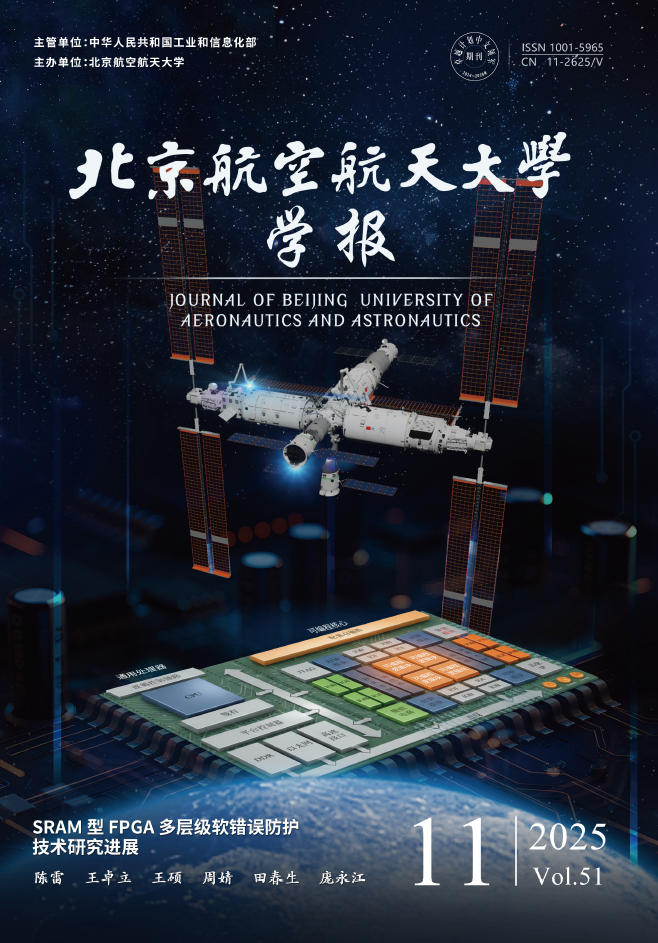2013, 39(11): 1525-1528,1541.
Abstract:
A software simulator to simulate GPS IF signal and inertial measurement unit(IMU) signal was developed for the research on the GPS/INS integration algorithm. The vehicle trajectory was modeled in kinematics. The method to simulate the signal was put forward. The IMU signal was modeled based on the typical vehicle motions, such as the level motion, the rolling, the pitching, and the yawing. The typical interference signals, including the spoofing signal and the blocking signal (the narrow-band noise interference, the wide-band noise interference, the continuous-wave interference, and the sawtooth frequency modulated continuous wave interference), were modeled and generated to simulate the interference scenarios. The data generated by the simulator were calculated by the GPS/INS integration algorithm. The results prove that the algorithm of the signal simulation is correct and the IF signal and IMU signal provided by the simulator are effective preliminarily.







 XML Online Production Platform
XML Online Production Platform

